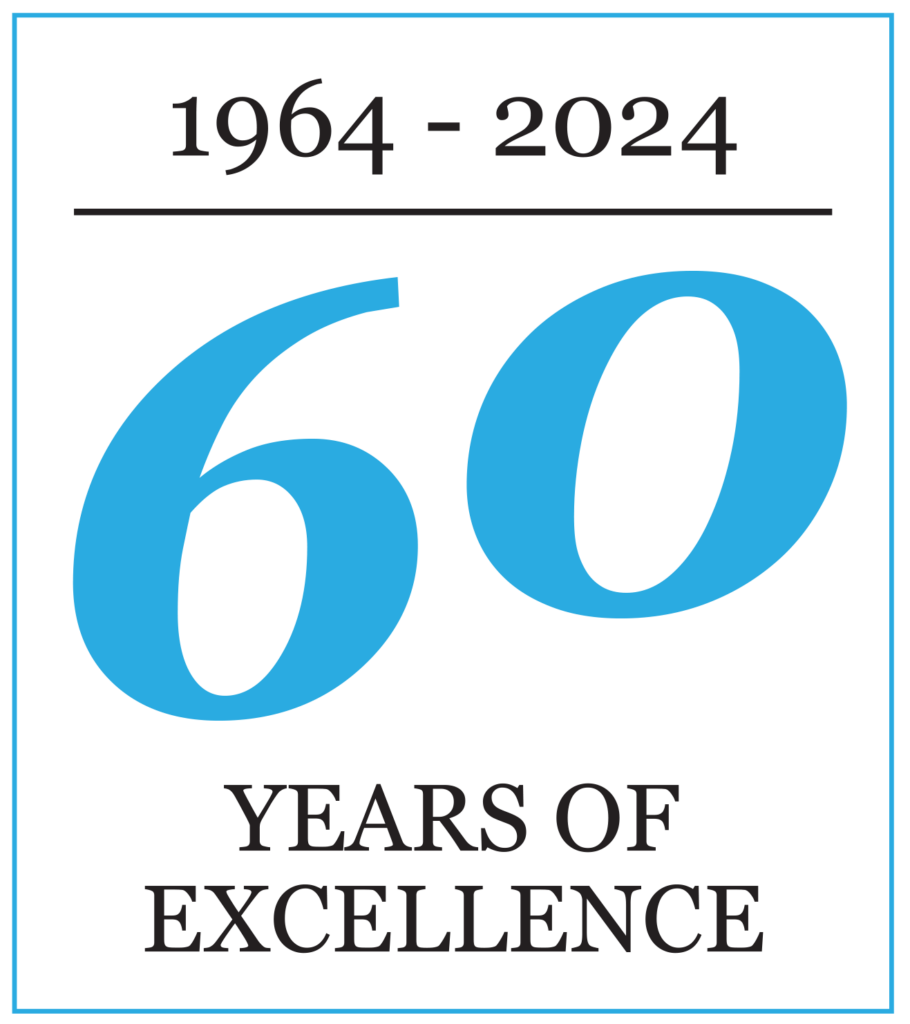New York Communities Must Prepare for Clean and Green
Energy and policies are changing in New York, but are New York communities changing?
In 2014, Gov. Andrew Cuomo launched New York’s energy policy “Reforming the Energy Vision” (REV) with a goal of building a statewide, integrated energy network that utilizes clean, locally generated power. The intent of this policy is not only to foster economic prosperity and environmental stewardship through collaboration of public private partnerships, but to achieve a shared goal of a healthier and stronger New York economy. This policy will have a dramatic effect at the local level and in how future local policies are not only implemented, but funded as well.
While energy efficiency equates to significant environmental and health benefits, a significant change in mind-set needs to occur to overcome barriers to finally create opportunities for local communities. Many New York communities do not have comprehensive plans or land use regulations that support and enable the development of clean energy. There is significant funding available through the New York State Energy Research and Development Authority (NYSERDA) Cleaner Greener Program to create these local plans and policies, but the Cleaner Greener Program requires communities to be committed to clean and green.
Helping communities pursue a clean energy future is a key component of community revitalization. Communities are developing plans that incorporate clean energy elements to send the message that they are planning for a sustainable future. Through implementation of these plans, communities not only have greater access to financial assistance from the state, but they place an emphasis on improving energy affordability for LMI consumers, and increase opportunities for energy to be deployed in LMI communities.
Meeting the mobility needs of New York’s growing population and economy requires investment to maintain existing transportation infrastructure, including roadways, bus and rail transit, aviation, and ports and to expand transportation alternatives such as biking, walking, and zero-emission vehicles (ZEVs). New York State invests billions of dollars into its transportation systems. These investments enhance New York’s economy and the mobility of its citizens while contributing to meeting the state’s GHG reduction goals. In the housing and jobs marketplace, those places that are walkable and bikeable are more successful at attracting businesses, families and seniors. If any upstate community is going to thrive, it must learn to provide the quality of life people not only expect but demand.
Planning Services Manager Nicole T. Allen, and Senior Planner Daniel J. Kwasnowski, AICP co-authored the article “Sustainable Comprehensive Plans: A Worthy Commitment” that is featured in the Jan/Feb 2016 issue of “Talk of the Towns.” Click the link to read it! Sustainable Comprehensive Plans: A Worthy Commitment


